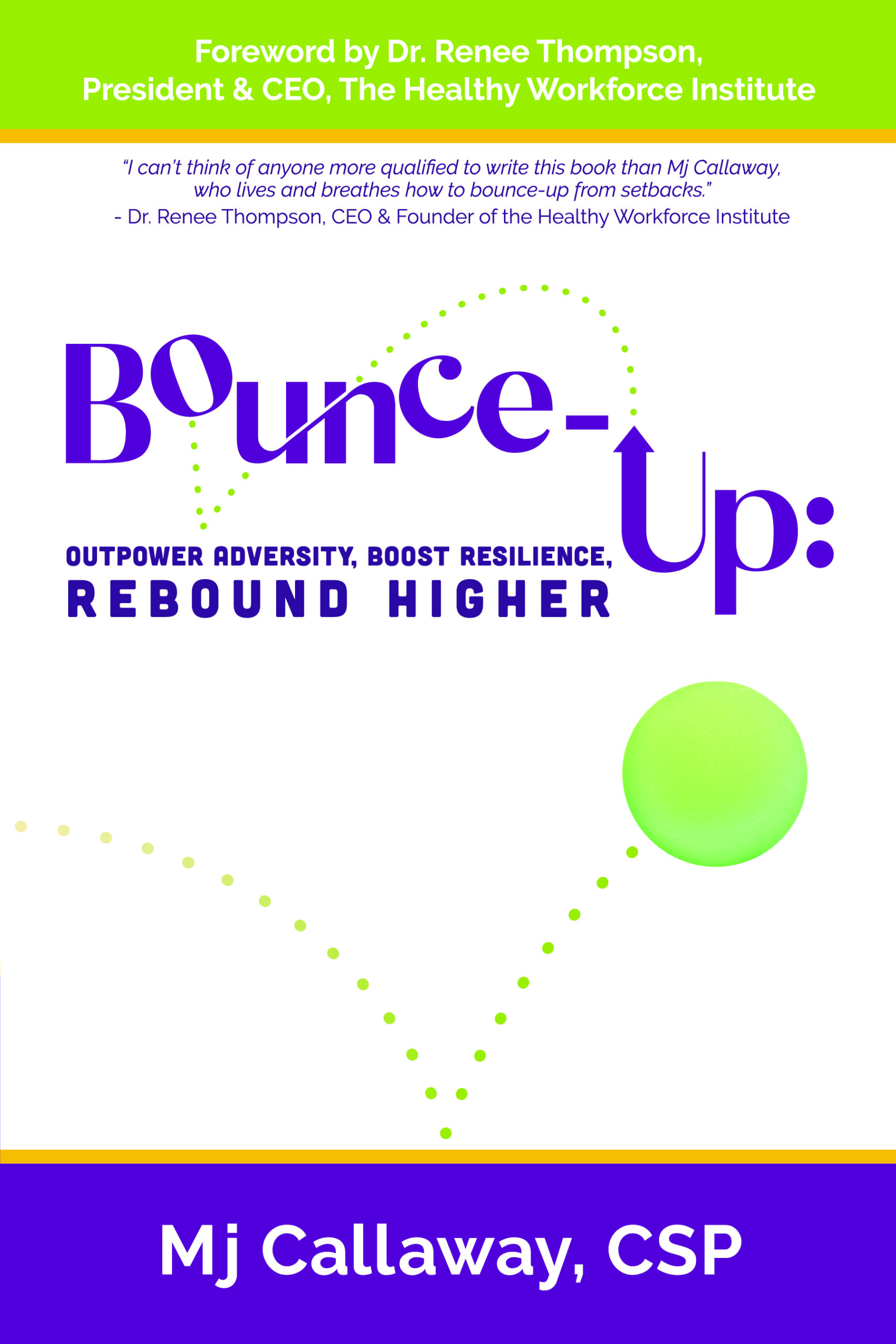
Are you bringing a human element into your email marketing program?
Better yet, do you utilize an email program to stay in touch with colleagues, referral sources, employees, and more?
Email marketing is an effective, interactive, and measurable communications tool that allows businesses to reach a large number of customers efficiently. With specific links to areas on the website, calls to action, you can measure your results. By looking at reports within the email platform, a business owner has effectively developed warm leads and knows who is interested in their company.
Yet, most small business owners and managers who have the best intentions to handle email marketing on their own fail to execute it consistently. They are missing opportunities to increase sales, remain top of mind for their customers, show a human side to the business, and announce new products or services.
List segmentation allows companies to target messaging to a particular area of their list, or reach out to all lists with general newsletter information. It’s much easier to strategize who your target market is and create the segmented lists when developing a newsletter. Although labor-intensive on the front end, by taking the time to step through this piece during setup, the email program will yield better results moving forward.
For example, we work with an eye doctor that has multiple offices. His lists are segmented by office in the event we have a particular message for a given office. A contractor segments his lists by business, engineering, land developers, and government. A nonprofit organization has their lists segmented by sponsors, business, and donors. Think about how your business touches others and the types of clients you serve.
Many companies choose to lean on the Edmiston Group, a company that provides a full suite of marketing services to include: content creation, professional email marketing as a service, strategic marketing guidance, advertising guidance, social media management, and website development services.
Some things to consider in your newsletter include:
- Show your human side. Are you looking for employees? A recent newsletter we produced featured a video highlighting an employee interview with the company’s owner as to why the employee liked the company. We prepared a short video script and the business owner and his team executed.
- Update company information. Did the company’s hours of operation change in light of the current business climate? Are plans for a customer appreciation sale in the works? Companies keep their customers informed of changes via email.
- Savings. Special offers are popular content in an email newsletter. The offer could be a phone consultation, a discount, or other forms of a product bundle sale. The email subject line should announce that the message contains a type of promotion.
- New Product Offerings. Companies should not assume that loyal customers are keeping abreast of changes and additions to service offerings. Use the email newsletter to announce new products and services so that your customers know what’s available.
- Relationships and Community Support. Many nonprofit organizations are shifting to virtual events, walks, and other forms of communication to continue to raise awareness for their cause. Be a champion for a nonprofit by utilizing email to spread the word about company partnerships with community organizations or support of charitable causes. The goodwill could inspire people to hire the company, encourage others to pitch in, or spark new opportunities or business relationships.
Email newsletters are shareable and measurable. People can forward them to friends and family who might need the information. Savvy business owners and managers will take advantage of this communication tool. But they don’t need to do it alone; they can turn to the Edmiston Group for a myriad of marketing services. To learn more and email us or call 724-612-0755.
About the Author: Autumn Edmiston is the CEO and owner of the Edmiston Group. The Edmiston Group is a multifaceted Pittsburgh based marketing consulting firm providing senior-level marketing management services to businesses and non-profit organizations on a short or long-term basis. Core areas of service are business development strategies, website creation and management, social media management, marketing, strategic planning, and public relations. The Edmiston Group has consistently delivered and implemented real-world, proven business marketing ideas and strategies for business. Contact the Edmiston Group today to learn how we can bring fresh ideas to help grow your business.








 About the Author:
About the Author: 












 Are you ready to scale your business but don’t know how to bring on the right team? Don’t base decisions on where you are – base them on what you want to become. One of the first things to determine is what type of company do you want to become.
Are you ready to scale your business but don’t know how to bring on the right team? Don’t base decisions on where you are – base them on what you want to become. One of the first things to determine is what type of company do you want to become.